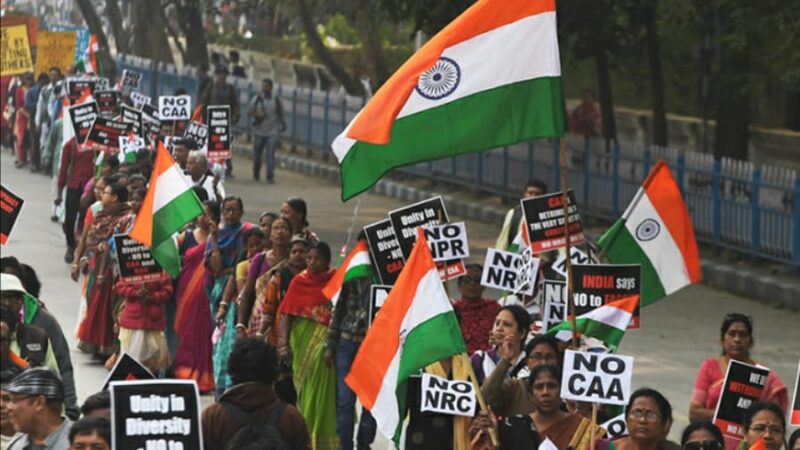Pre-Independence & Post-Independence Women’s Struggles

The fight for equality, justice and liberty is going on since long but the nature of women’s movements have been changing over time. Women have been subjected to implicit as well as explicit forms of discrimination. However, the pre- independence issues were quite different from the post independent ones because of the different level of growth and development of the society. Hence, the form of struggle was also different from each other.
- Human rights v/s basic rights- Pre-independence movements revolved mainly against human rights violations in the form of Sati and mistreatment of widows. Whereas, post independent movements aim at resolving basic issues like female education, equal pay for equal work, etc.
- Scarcely to many – Pre-independence movements were led by few social reformers like Raja Ram Mohan Roy, whereas post independent movements have mobilized masses in the form of women organizations, NGOs, etc.
- Voice- Pre-independence women needed voice of others for their problems to be spoken about however, post independent women are educated, opinionated and aware and are ready to speak and stand up for themselves. Eg- Sabarimala Shrine entry movement, Haji Ali Dargah Issue etc.
- Use of social media- Pre-independence movements lacked the revolutionary social media platform unlike present India where these movements can have wider geographical reach and mobilize the youth on large scale.
- Sexual abuses- Pre-independence lacked these issues however the present movements due to rise in incidents of sexual abuses against women in the form of rapes- pre-marriage or marital – have taken up these issues seriously. News of voice against Triple talaq by Shamim Ara shows us how women are empowering against draconian traditional rules.
Government of India suggestions to make National Commission for Women which was established in 1992, and 73rd, 74th Constitutional Amendments gave reservation not less than 33% to women in local bodies. This shows “Equality” towards women. India has evolved as a society since the last two centuries and so have the issues and movements revolving women. However, its high time that women of our society feel safe and secure and the issues despite of evolving in nature are solved sooner. ———— ABOUT THE AUTHOR: This article is written by K.Pushpendu Prashant, our intern.






